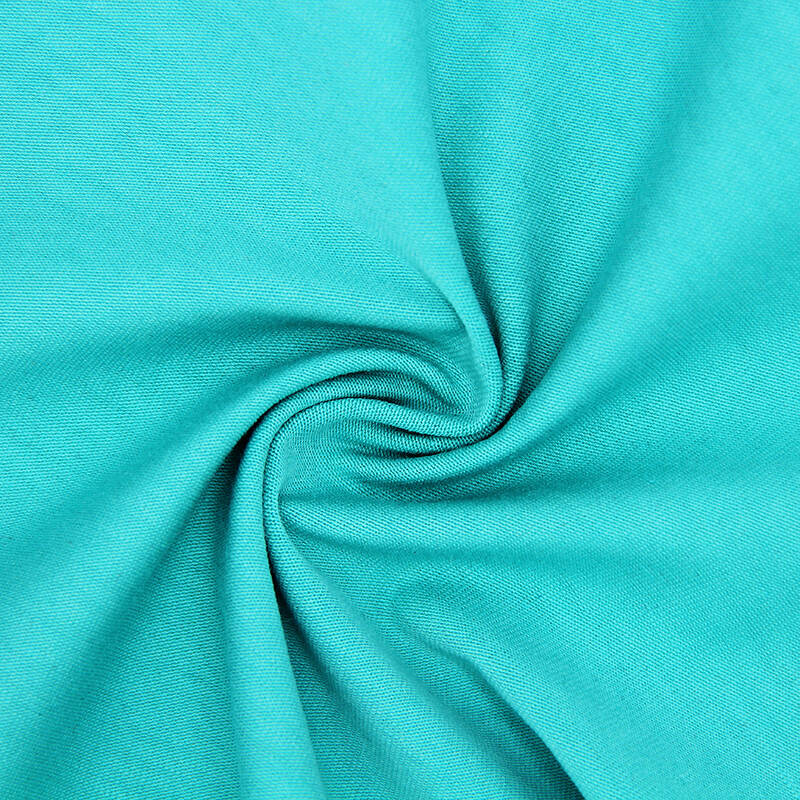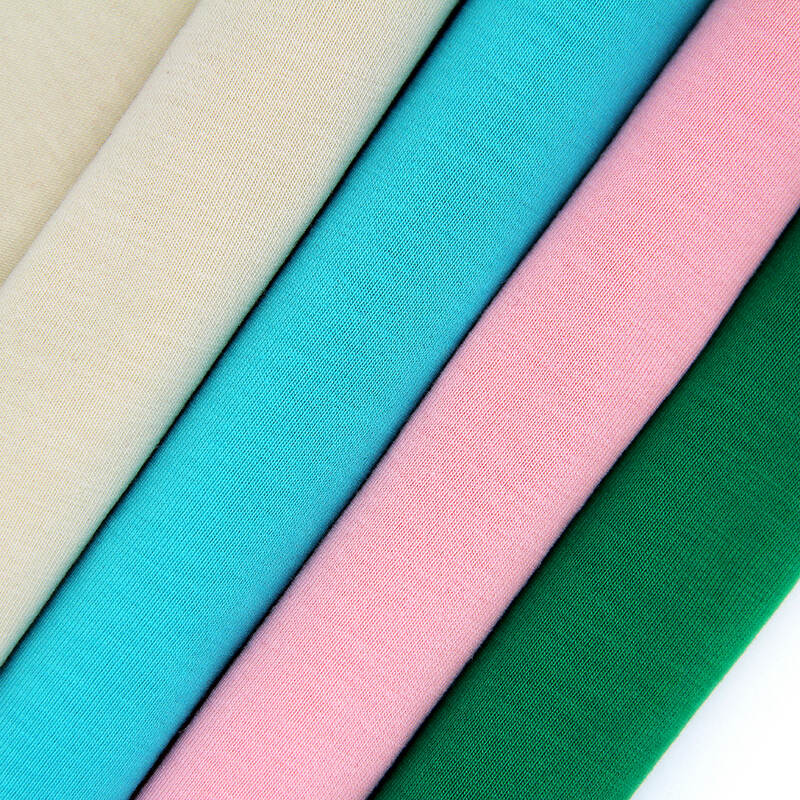Email format error
Email cannot be empty
Email already exists
6-20 characters(letters plus numbers only)
The password is inconsistent
Email format error
Email cannot be empty
Email does not exist
6-20 characters(letters plus numbers only)
The password is inconsistent


Lycra pique fabric has become increasingly popular in various industries, particularly in apparel. For businesses looking to source high-quality fabric, understanding the role of lycra pique exporters is essential. In this comprehensive guide, we will explore the benefits of lycra pique, how to choose the right exporter, and key factors that influence the market.
What is Lycra Pique?
Lycra pique is a unique fabric blend that combines the softness of cotton with the stretchability of Lycra. This fabric features a textured surface, making it both stylish and functional. The breathable quality of lycra pique makes it ideal for sportswear, casual wear, and various other applications.
Benefits of Lycra Pique
Comfort and Fit: One of the standout features of lycra pique is its ability to stretch while maintaining its shape. This property ensures that garments fit comfortably without being restrictive.
Breathability: The fabric’s structure allows for excellent airflow, making it a preferred choice for activewear and summer clothing.
Durability: Lycra pique is known for its resilience. It withstands wear and tear, retaining its shape and color even after multiple washes.
Versatility: Whether for polo shirts, dresses, or activewear, lycra pique can be used in various designs, catering to different market needs.
Why Work with Lycra Pique Exporters?
Partnering with a reliable lycra pique exporter can significantly impact your business's success. Here are some reasons why:
1. Quality Assurance
Exporters often have established relationships with manufacturers, ensuring a consistent quality of fabric. This assurance is crucial for businesses that prioritize quality in their products.
2. Competitive Pricing
Working with exporters can help businesses access competitive pricing, especially when purchasing in bulk. This cost-effectiveness is beneficial for small and medium enterprises looking to optimize their expenses.
3. Access to Variety
Lycra pique exporters typically offer a wide range of colors, patterns, and weights. This variety allows businesses to cater to diverse customer preferences.
4. Expertise and Support
Experienced exporters can provide valuable insights into market trends, fabric applications, and sourcing strategies. Their expertise can help businesses make informed decisions.
How to Choose the Right Lycra Pique Exporter
Selecting the right lycra pique exporter requires careful consideration. Here are some key factors to keep in mind:
1. Research and Reviews
Start by conducting thorough research on potential exporters. Check online reviews and testimonials to gauge their reputation in the industry. Look for feedback from other businesses that have worked with them.
2. Product Range
Evaluate the exporter’s product range. A good exporter should offer various lycra pique options, including different weights and finishes. This variety ensures you can find the right fabric for your needs. Additionally, many reputable exporters work closely with a double yarns pique factory, providing enhanced quality and texture options.
3. Quality Standards
Ask about the quality standards the exporter adheres to. Look for certifications that indicate compliance with industry norms. This information can provide confidence in the fabric's quality.
4. Communication
Effective communication is crucial for a successful partnership. Ensure the exporter is responsive and willing to address your queries. Good communication can prevent misunderstandings and delays.
5. Samples and Testing
Before committing to a large order, request samples of the lycra pique fabric. Testing these samples will help you evaluate their quality and suitability for your products.
The Production Process of Lycra Pique Fabric
Understanding the production process can give you insights into the quality of the fabric. Here’s a brief overview of how lycra pique is made:
1. Fiber Blending
The production begins with blending cotton fibers and Lycra. The combination of these materials creates the stretchable and comfortable characteristics of lycra pique.
2. Knitting
The blended fibers are then knitted to form a pique texture. This process creates the distinct raised pattern that defines the fabric.
3. Finishing
After knitting, the fabric undergoes various finishing processes. These may include dyeing, treating for durability, and adding any special properties like moisture-wicking.
4. Quality Control
Before being shipped to exporters, the fabric undergoes rigorous quality control checks. This step ensures that only the best materials make it to the market.
5. Packing and Exporting
Once the quality checks are complete, the fabric is packed securely and prepared for export. Efficient logistics ensure timely delivery to buyers.
Trends in the Lycra Pique Market
1. Sustainable Practices
As consumers become more environmentally conscious, there is a growing demand for sustainable fabrics. Many lycra pique exporters are adopting eco-friendly practices, such as using organic cotton and sustainable dyes.
2. Customization
Businesses are increasingly looking for customized fabric solutions. Exporters that offer customizable options can better meet the specific needs of their clients, enhancing their market competitiveness.
3. Technological Innovations
Advancements in textile technology have led to the development of new and improved lycra pique fabrics. Features like moisture-wicking, UV protection, and antimicrobial properties are becoming more common.
The Future of Lycra Pique Exports
The demand for lycra pique fabric is expected to grow as fashion trends continue to evolve. With its combination of comfort, durability, and style, lycra pique remains a favored choice among consumers and manufacturers alike. For exporters, staying ahead of market trends and maintaining high-quality standards will be key to success.

Conclusion
Partnering with a reliable lycra pique exporter can provide significant advantages for your business. By understanding the benefits of lycra pique, knowing how to choose the right exporter, and staying informed about market trends, you can enhance your product offerings and meet customer demands effectively.
Whether you’re a small startup or an established brand, the insights shared in this guide will help you navigate the world of lycra pique exports with confidence. Embrace the potential of lycra pique fabric and take your business to new heights!